 Back to Ophthalmic lenses
Back to Ophthalmic lenses
MyoFocus
Myopia, a concern increasingly affecting children, poses a significant threat to their visual health. The causes of myopia onset are connected to genetics, habits, and environmental conditions. A myopic person cannot see distant objects well because the light entering the eye focuses in front of, instead of on the retina. Axial myopia is the result of excessive axial elongation, where the eyeball size is larger than expected for the child’s age. In this case, a solution that will slow down the eyeball elongation must be applied.
The goal of myopia management is to reduce eyeball elongation.
Myopia is a way more than refractive error, because if myopia progression is not put under control, it may be followed by eye diseases such as retinal degeneration and detachment, glaucoma, myopic maculopathy, etc… Therefore, active myopia management is considered highly important for reducing the risk of irreversible visual impairment and diseases which may result from high myopia.
In order to reduce the increase of diopter and to reduce myopia progression, ophthalmic lenses for slowing down myopia progression should be used.
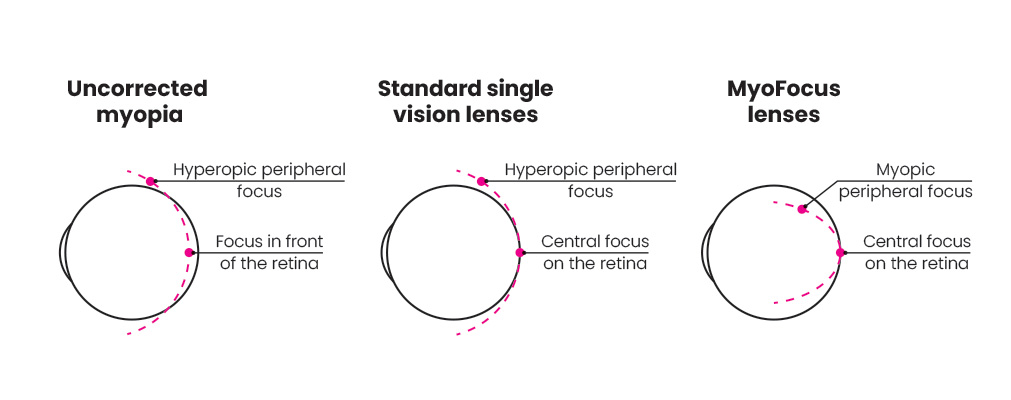
MyoFocus ophthalmic lenses are the result of detailed research and development, and are produced by applying Free-form technology. MyoFocus lenses slow down myopia progression and slow down excessive eyeball axial elongation, unlike standard single vision spheric and aspheric lenses.
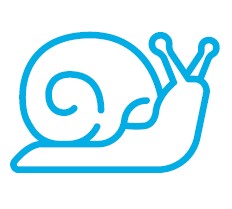
Slows down myopia progression in children by reducing axial elongation
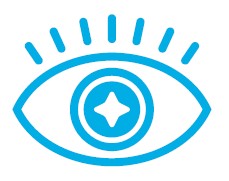
Provides impeccable vision in clear areas
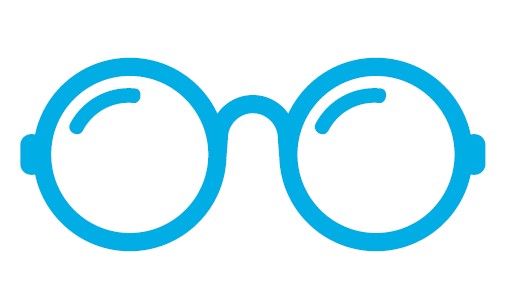
Offers unmatched comfort akin to regular single vision lenses
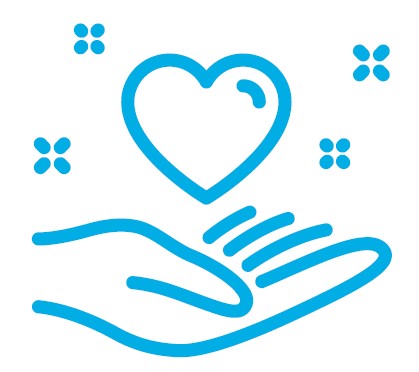
Blends seamlessly for a natural look without visible marks or lines

Scientifically validated effectiveness
Clinical trials were conducted in Spain on the European population and following the recommendations of the International Myopia Institute. The results of the study have shown that MyoFocus lenses reduce myopia progression in comparison to the use of standard single vision lenses. Specifically, after 12 months of monitoring, the growth of axial length was 39% lower in the group of respondents who wore MyoFocus lenses as compared to the control group where standard single vision lenses were worn.
The efficacy of MyoFocus lenses depends on how many hours child wears the lenses. That is why we suggest choosing the frame which best fits the child’s physiognomy. It is important that the child wears the lenses always and that they are comfortable.

Advice for children and parents during MyoFocus lenses wearing:
 MyoFocus ophthalmic lenses should be worn as much as possible, except when the child is sleeping and when it is engaged in active sports
MyoFocus ophthalmic lenses should be worn as much as possible, except when the child is sleeping and when it is engaged in active sports
 Check whether the objects worked on are 40 cm away from the eyes (e.g., the distance between the eyes and a book)
Check whether the objects worked on are 40 cm away from the eyes (e.g., the distance between the eyes and a book)
 During the adaptation period, active sports and driving any type of vehicle should be avoided
During the adaptation period, active sports and driving any type of vehicle should be avoided
 Check regularly whether the frame is properly positioned on the child’s nose
Check regularly whether the frame is properly positioned on the child’s nose
 Spend time outdoors as much as possible
Spend time outdoors as much as possible
 Limit the activities which require using near vision
Limit the activities which require using near vision









